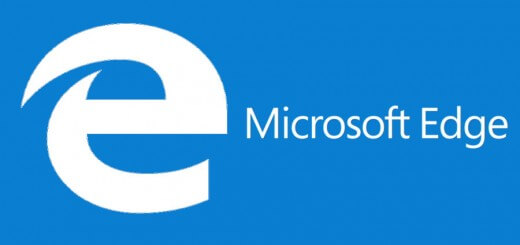Microsoft finalizes Windows 10 Anniversary Update

Last week’s Windows 10 update to beta testers is almost certainly the final code for this year’s big upgrade, set to release on Aug. 2. Build 14393 was issued to participants in Microsoft’s Windows Insider preview program last week, first on July 18 to those who had selected the “Fast” track, then two days later to users on the “Slow” ring.
(Since then, it was re-released on Friday with a follow-up fix; other patches may appear between now and Aug 2.)
The sequence of Fast, then Slow, both within days, has been a one of the final moves in previous Windows 10 launches, and has been a cue that the code has been locked down. During development, those releases reach users at much longer intervals.
Some milestones that have signaled completion in the past were matched this month, but others were not.
As expected, the final build for what Microsoft dubbed “Anniversary Update” appeared after this month’s Patch Tuesday: The monthly distribution of security fixes fell on July 12, or about a week before build 14393 began reaching testers.
But Microsoft has not called a temporary halt to Insider build deliveries. Last year, the company did that on July 13, just two days before naming build 10240 as the release candidate for the initial launch.
Microsoft no longer uses the terms “release candidate” (RC), or “release to manufacturing” (RTM), when it reaches the final pre-launch stage for Windows. Those labels, Microsoft has implied, carry no weight in a model where both development and upgrades are ongoing. But without good alternatives, RTM remains shorthand for the stage just prior to official launch, even though the upgrade is fed directly to users, not solely to disc duplicators and computer makers, as “manufacturing” once indicated.
Another Microsoft deadline is more pressing: The Windows 10 free upgrade offer will expire Friday, July 29. That means users with eligible Windows 7 and 8.1 PCs must upgrade to 10 before the Anniversary Update, aka 14393, debuts in production form.
Source: ComputerWorld







